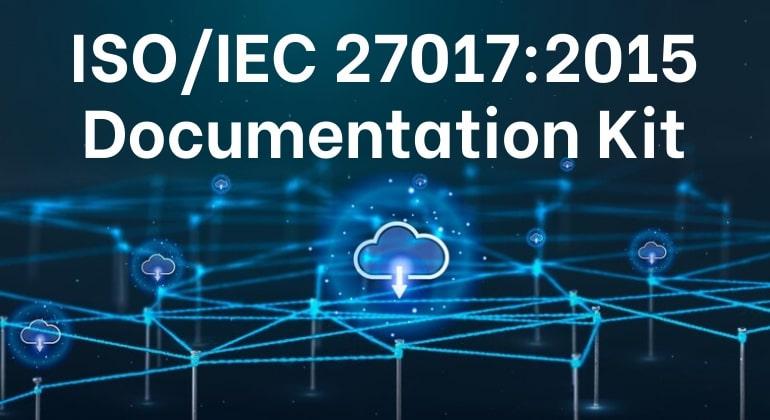In the age of everywhere cloud adoption, securing data and fostering trust are paramount concerns for both organizations and cloud service providers (CSPs). The ISO 27017 standard, building upon the foundation of ISO 27001, offers a robust framework for establishing information security controls specific to cloud services. This document outlines the crucial role of documentation in implementing and demonstrating compliance with ISO 27017.
Effective documentation is the cornerstone of a successful ISO 27017 implementation. It serves as a roadmap for establishing, maintaining, and continuously improving information security controls within the cloud environment. The standard outlines a set of mandatory documents that organizations must create and maintain, along with additional documentation that can further strengthen the security posture.
Mandatory Documents for Organization:
- Cloud Service Security Policy: This policy outlines the organization's commitment to information security in the cloud, establishing clear objectives and principles for securing cloud-based data and processes.
- Risk Assessment: This document identifies potential threats and vulnerabilities associated with the use of cloud services, assessing their likelihood and impact on the organization's information security.
- Control Objectives: This document outlines the specific objectives for each control measure implemented to manage identified risks.
- Control Activities: This section details the specific actions, procedures, and processes undertaken to achieve the defined control objectives.
- Procedures: These documented procedures provide detailed instructions for carrying out specific information security activities within the cloud environment.
Additional Documentation:
While not mandatory, organizations may find it beneficial to create additional documentation, such as:
- Cloud Service Agreements (CSAs): These contracts establish clear expectations and responsibilities regarding security between the organization and the cloud service provider.
- Incident Response Plan (IRP): This plan outlines the procedures for identifying, containing, and recovering from security incidents within the cloud environment.
- Business Continuity Plan (BCP): This plan details the strategies and procedures for ensuring business continuity in the face of disruptions impacting cloud services.
Putting Documentation into Practice:
Organizations should consider the following when developing and maintaining their ISO 27017 documentation:
- Clarity & Conciseness: Documents should be clear, concise, and easy to understand for all personnel involved in the cloud environment and the ISMS.
- Accessibility & Version Control: Documents should be readily accessible to relevant personnel, with a proper version control system to ensure everyone is working with the latest version.
- Regular Review & Update: Documents should be periodically reviewed and updated to reflect changes in the cloud environment, the organization's information security posture, and the evolving regulatory landscape.
Conclusion:
Effective documentation is not just a compliance requirement but a critical enabler for building trust and ensuring the security of sensitive data in the cloud environment. By adhering to the essential ISO 27017 documentation requirements, including clearly defined ISO 27017 procedures, and implementing best practices for development and maintenance, organizations can demonstrate their commitment to cloud security and establish a strong foundation for a resilient and trustworthy cloud environment.
